Better Know a… Province (Shanxi) Posted by sasha on Jul 14, 2014 in Culture
It’s been a while since our last post in this ongoing series that’s taking us around China one province at a time. Last time, we visited Shandong province – home of Confucius and Tsingtao beer. From there it only makes sense for us to head next to the province that is “West of the Mountains” and visit Shanxi province (山西省 – shān xī shěng).
History
If you’re interested in Chinese history, Shanxi is right up your alley. The early ancestors of Chinese people were growing plants in this region as far back as the 5th millennium BC. During the Spring and Autumn Period (722-403 BC), this area was home to the powerful state of Jin (晋 – jìn), as established by the Zhou Dynasty. Eventually, the Jin split up into three states – Han, Zhao, and Wei. This marked the transition in China from the Spring and Autumn Period to the Warring States Period (403-221 BC). At the end of this period, all of China was united under the first emperor and the Qin Dynasty. Next up was the Han Dynasty, which ruled this area as the province of Bingzhou (幷州 – bìng zhōu). During this time, it served as a buffer between the nomads of the north/west parts of the country and the farmers in the south/east parts.
The following Northern Wei Dynasty was a crucial turning point in the history of Shanxi and China as a whole. In the beginning, the capital of this dynasty was in Datong (大同 – dà tóng) in the northern part of present-day Shanxi. It was during this time that Buddhism came to China, after a monk traveled from Shanxi to India and brought back with him a new religion. This led to the creation of some of the country’s most treasured works of art – caves and their thousands of Buddhist carvings and sculptures. The first of these, the Yungang Grottoes (云冈石窟 – yún gāng shí kū), was established in Shanxi province just outside of Datong and remains there today, a UNESCO World Heritage site and a popular tourist attraction.
Take a video tour of the grottoes with us.
For the next few centuries, control of Shanxi moved around a lot and the area was quite chaotic. During the Yuan Dynasty, when the country was under Mongolian control, provinces were established. However, the current name and borders of Shanxi did not come until the Ming Dynasty. As new trade routes were opening up, this benefited the people of Shanxi greatly thanks to its strategic location. During this time, Datong received a city wall to defend against the Mongols.
In the Qing Dynasty, the “Shanxi merchants” (晋商 – jìn shāng) became incredibly wealthy, controlling trade routes and essentially the economy of the entire country. Banking in China began with them in the ancient city of Pingyao (平遥 – píng yáo), which became the financial center of China.
It was also during the Qing that 45 Christian missionaries and church members were killed in Taiyuan, Shanxi during an anti-foreign and anti-Christian campaign in China known as the Boxer Rebellion.
When the Qing was overthrown, ushering in the Republic of China era, Shanxi was ruled by a warlord named Yen Hsi-shan. He held onto power until the Japanese took over after they won the decisive Battle of Taiyuan. The communist guerrillas remained in the Shanxi countryside, and they would continually pester the Japanese. They remained after the Japanese defeat, as they battled with the KMT and eventually won control of China.
Geography
Located in north China, Shanxi borders Hebei to the east, Henan to the south, Shaanxi to the west, and Inner Mongolia to the north. Most of the province is a plateau (about 2/3), part of the massive Loess Plateau and bounded partly by mountain ranges. You’ll find the Taihang Mountains (太行山 – tài háng shān) to the east, the Lüliang Mountains (吕梁山脉 – lǚ liáng shān mài) and to the west. This province’s location, west of the Taihang Mountains, gives it its name. At 3,058 meters, the top of Mount Wutai (五台山 – wǔ tái shān) is the highest peak in Shanxi. This mountain is also a sacred Buddhist site. One of the Five Great Mountains of China is also located here – the incredible Mount Heng (恒山 – héng shān). The western border of Shanxi is formed by the Yellow River (黄河 – huáng hé), as is part of the southern border with Henan. In the north, the Great Wall forms much of the border with Inner Mongolia. There are several rivers flowing throughout Shanxi, and these cut valleys and ravines through the mountain ranges. Shanxi is split into eleven prefecture-level divisions, all of them cities. The capital is Taiyuan (太原 – tài yuán), which is also the largest city.
Climate
Shanxi has a continental monsoon climate, which is semiarid. There are four seasons here – a long, cold, and dry winter, a dry and dusty spring, a warm and humid summer, and a fall that is pleasant but far too short. Most of the rain comes in the summer, and in general the southeast gets lots of the rain while the northwest doesn’t receive so much. The temperature varies from north to south, and it can be much colder in a place like Datong than Taiyuan in the winter months. It’s probably best to visit in the fall, unless you don’t mind bitter cold or the rain.
Population
There are nearly 36 million people who call Shanxi home, and over 99% of them are Han Chinese. The province has a small population of Hui (Chinese Muslims), Mongols, and Manchus as well. As is true with most places in China, more and more people are living in the urban areas, most notably Taiyuan and Datong.
Culture
The language of Shanxi is complicated – some linguists classify it as Mandarin, while others say it’s its own, independent branch. Known as Jinese (晋语 – jìn yǔ) or Shanxinese (山西话 – shān xī huà). The reason for this, according to linguist Li Rong, is the use of the “entering tone.” Central Plains Mandarin (中原官话 – zhōng yuán guān huà) is also spoken in some southwestern areas.
Shanxi opera (晋剧 – jìn jù) is a notable aspect of the culture here. It became popular during the Qing Dynasty thanks to the Shanxi merchants who were ubiquitous throughout the country at that time. This style of opera uses a wooden clapper known as a bangzi (梆子 – bāng zi) for rhythm and has more energetic singing.
A little Shanxi opera for ya.
When it comes to food, Shanxi is famous for its noodle dishes, and you’ll find interesting varieties all over the province. Take, for example, the “cat’s ears” (猫耳朵 – māo ěr duǒ), noodles named after their interesting shape and appearance.
You can’t talk about the culture of Shanxi without mentioning Buddhism and Buddhist art, as the famous Yungang Grottoes are located here. Banking and finance are also a crucial part of the culture and history of Shanxi, as the country’s first banks were established here.
Famous Places
Most people come to Shanxi province for the Buddhist art, the history, and the mountains. To see the famous Yungang Grottoes, you can base yourself in the city of Datong. This UNESCO World Heritage Site and AAAAA scenic area in China is an amazing example of rock-cut architecture and an important monument to Buddhism in China.
From Datong, you can also visit the amazing Hanging Monastery (悬空寺 – xuán kōng sì), stroll along the city wall, check out a few temples, or climb the aforementioned Mt. Heng. Despite its status as one of the Five Great Mountains, Mt. Heng is often skipped in favor of a trip to Mt. Wutai, which is also in Shanxi.
The ancient city of Pingyao is probably the most popular place to visit in all of Shanxi. The old cobblestone streets are blocked off to motorized traffic, so tourists are free to stroll in and out of the many museums, temples, and other sites of interest that you can visit with the purchase of one ticket. For more on Pingyao, check out this post from a few months ago.
A CCTV Travelogue episode about Pingyao.
For people based in Beijing or those planning a China trip around a round-trip flight in and out of the capital, Shanxi is a great place to visit. You’re connected by high speed trains and can easily see all of the big sites in less than a week. Of course, there’s enough to see and do here to warrant a longer stay or multiple trips, but China is a big country and there’s so much to explore.

Build vocabulary, practice pronunciation, and more with Transparent Language Online. Available anytime, anywhere, on any device.
About the Author: sasha
Sasha is an English teacher, writer, photographer, and videographer from the great state of Michigan. Upon graduating from Michigan State University, he moved to China and spent 5+ years living, working, studying, and traveling there. He also studied Indonesian Language & Culture in Bali for a year. He and his wife run the travel blog Grateful Gypsies, and they're currently trying the digital nomad lifestyle across Latin America.



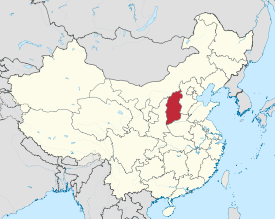

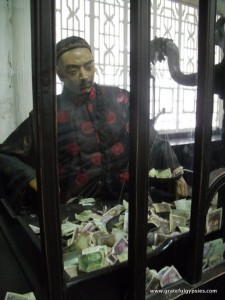

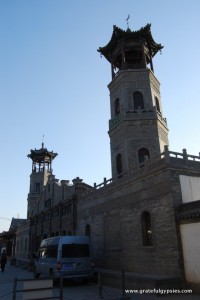

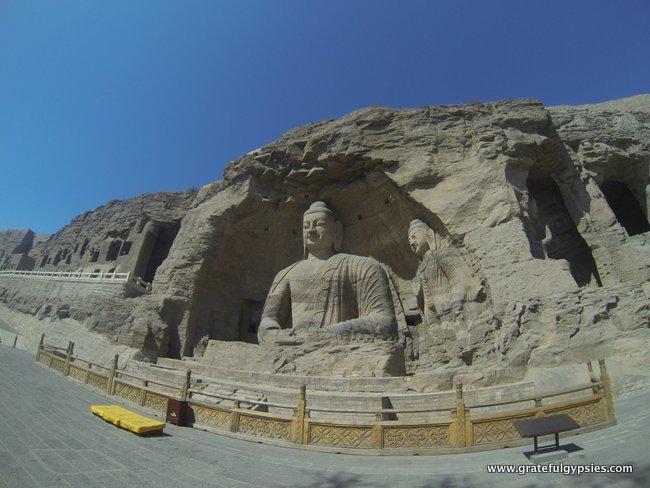


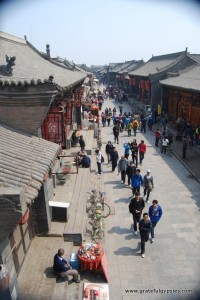

Leave a comment: